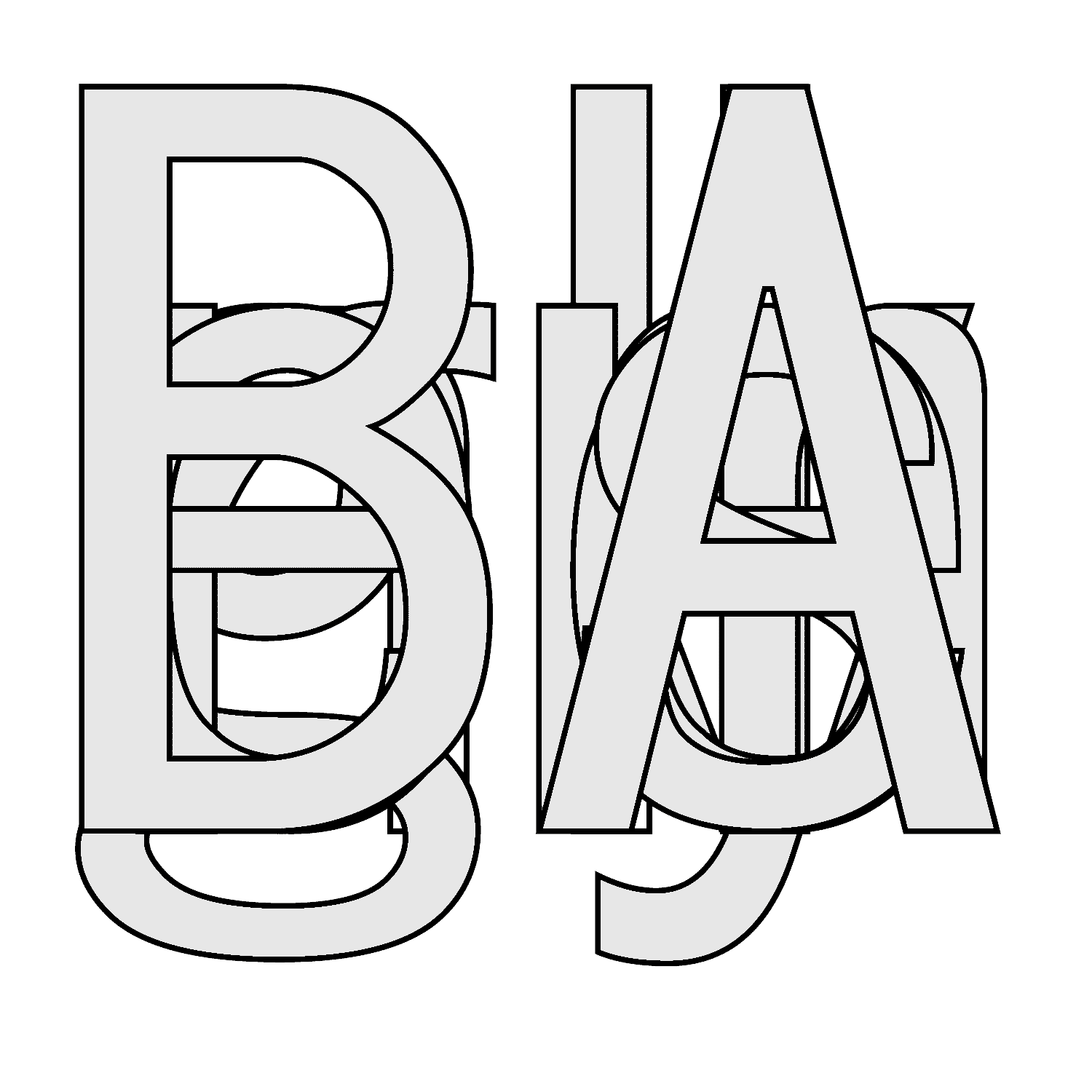NO / EN
After Destruction
Shared by Shareef Sarhan & Rana Batrawi, and Majdal Nateel | Traced by Harald Gaski

The course seeks to collectively invoke reflections on how to proceed after destruction beyond the idea of reconstruction. Shahabeek, one of the most prominent art spaces in Gaza, was entirely bombed by the Israeli military, destroying around 15000 art works. How can artists proceed, after acts of destruction targeting their works? What forms of artistic engagement and thinking emerge in this case?
As a starting point, the course recalls Arabic epic poetry from the 7th century, where poets needed to begin their poems at sites of destruction and among ruins.
Rana Batrawi and Shareef Sarhan have long explored the processes and materials of destruction in their own and collaborative artistic practice: Rubble becomes sculpture material; the Gaza Valley Paths explored possibilities of livelihood for humans and non-humans in a valley that is yearly flooded with sewage water by the Israeli authorities; their latest project explores how archival material documenting the aftermath of the 1948 Nakba, is being enacted for real in the recent Israeli genocidal attacks on Gaza and on Palestinians.
Majdal Nateel, on her part, has been exploring and unravelling in an ongoing art project “Studying the Voids of Amputation”, the idea of amputations and the different artistic sensibilities and visualities this allows as they emerge in many layers. For example, Nateel here seeks to link physical amputation with geographic amputation.
Due to recent developments in Palestine, one of the course sharers, Rana Batrawi, will not be able to be in Bergen for the course, but might be able to contribute remotely via Zoom.
Shareef Sarhan, born in Gaza in 1976, is a visual artist and photographer. He is a founding member of Shababeek for Contemporary Art and a member of the Association of Palestinian Artists. Sarhan received his diploma in Art. He participated in Darat Al Funun academy in Jordan. He received the Bronze award of the Festival of Arab Photographers in 2008 and the recognition award in 2007. Sarhan produced a Picture Book "Gaza Live", His work was exhibited in Gaza, Ramallah, Jerusalem, Amman and the United States, France, Germany and Italy.
Rana Batrawi (b. 1983, Palestine) is a prominent artist and art teacher from Gaza, holding a bachelor’s degree in Fine Art from Al Aqsa University (2007). Her work, primarily sculptures and reliefs, draws from Gaza’s rich cultural and archaeological heritage. Since 2020, she
has lectured at Al Aqsa University and, in 2022, became the Director of Dar al-Kalima Training Center in Gaza. Rana has participated in numerous exhibitions locally and internationally, including the Palestinian Museum, AM Al Qattan Foundation, and Haus der Kulturen der Welt in Berlin. Her projects explor themes of memory, heritage, and resilience. In 2023, she served as a jury member for the Ismail Shammout Fine Art Award Passionate about empowering women and children through art, Rana has conducted various sculpture workshops supported by cultural institutions, leaving a lasting impact on Gaza’s artistic community. Her dedication continues to shape the region’s art scene Batrawi currently lives .in Bourges, France.
Majdal Nateel (b. 1987 in Saudi Arabia) is an artist from a Palestinian refugee family. Nateel grew up in Gaza and received her Bachelor of Arts degree in Fine Art from al-Aqsa University in 2009. She recently completed studies in Art and Design at Kulturakademien in Stockholm. The main inspiration for her early artworks was the lived experience and she tried to translate the reflections of individual cases on society. After 2014 the artistic research process began to focus on searching for the value of humanity under political challenges, especially threats of repeated wars and the ongoing blockade of Gaza Strip. In the project “Studying the Voids of Amputation” 2020-2021 and ongoing, she linked physical amputation and geographic amputation and produced a body of works on this theme. Majdal's work still focuses on the impact of colonialism, occupation, and siege on the physical structure of human beings under these conditions.
Harald Gaski is a Professor in Sámi Literature at Sámi allaskuvla / Sámi University of Applied Sciences in Norway. He now lives in his original home community Deatnu (Tana) in North Norway, after more than 40 years in Tromsø at the university there. Gaski is the author and editor of several books on Sámi literature and culture. He has translated Sámi literature into Norwegian and English. Particularly well-known are his interpretations of works by Nils-Aslak Valkeapää, who was awarded the 1991 Nordic Council Literature Prize. Gaski’s research specializes on Indigenous critical studies, Sámi aesthetics, values, and the transition from oral to written culture. Gaski has been instrumental in establishing Sami literature as an academic field and has been awarded for his research and writing, most recently as an honorary doctor at Umeå university in 2024. Gaski's most recent anthology of Sámi literature is Myths, Tales and Poetry from Four Centuries of Sámi Literature, 2020.
